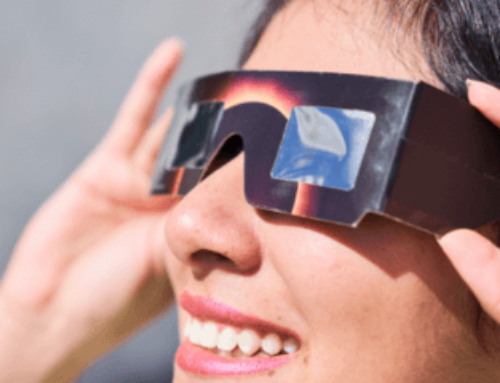EMBARGOED FOR RELEASE: 12:01 a.m. EDT, June 12, 2012
CONTACT: Doug Dusik, 630-737-9700, ext. 9364, ddusik@aasm.org
DARIEN, IL – Patients seen at the Cleveland Clinic Sleep Disorders Center who used positive airway pressure (PAP) to treat their obstructive sleep apnea (OSA) had improvements in their depressive symptoms, even if they followed the prescribed PAP regimen only partly, a new study reports.
The study looked at 779 patients with OSA and asked them to fill out a standardized PHQ-9 form to assess depressive symptoms, which patients with OSA often have, researchers said. They were assessed again with the PHQ-9 following PAP treatment, and all showed improvement in PHQ-9 scores; however, patients using their PAP devices more than four hours per night had greater score improvements than those who were less adherent. Other factors that affected the improvements in PHQ-9 scores were whether the patient was sleepy and marital status.
“The score improvements remained significant even after taking into account whether a patient had a prior diagnosis of depression or was taking an anti-depressant,” said Charles Bae, MD, principal investigator in the study. “The improvements were greatest in sleepy, adherent patients but even non-adherent patients had better PHQ-9 scores. Another interesting finding was that among patients treated with PAP, married patients had a greater decrease in PHQ-9 scores compared to single or divorced patients.”
OSA is a sleep-related breathing disorder that occurs when the tissue in the back of the throat collapses and blocks the airway, causing the body to stop breathing during sleep. OSA disrupts sleep and can increase the risk of other health problems such as heart disease and stroke. PAP therapy keeps the airway open with a stream of air. Continuous positive airway pressure (CPAP) is a form of PAP delivered through a mask worn over the nose or face and is the first-line treatment for OSA.
The Cleveland Clinic study is one of the largest to look at the effect of PAP therapy on depressive symptoms as measured by the PHQ-9, part of the Patient Health Questionnaire and a tool for assisting primary care clinicians in diagnosing depression. The abstract “Depressive symptoms improve in patients with sleep apnea who use positive airway pressure (PAP)” is being presented today at SLEEP 2012, the 26th annual meeting of the Associated Professional Sleep Societies (APSS) in Boston.
To be placed on the mailing list for SLEEP 2012 press releases or to register for SLEEP 2012 press credentials, contact AASM PR Coordinator Doug Dusik at 630-737-9700 ext. 9364, or at ddusik@aasm.org.
A joint venture of the American Academy of Sleep Medicine and the Sleep Research Society, the annual SLEEP meeting brings together an international body of more than 5,500 leading clinicians and scientists in the fields of sleep medicine and sleep research. At SLEEP 2012 (www.sleepmeeting.org), more than 1,300 research abstract presentations will showcase new findings that contribute to the understanding of sleep and the effective diagnosis and treatment of sleep disorders such as insomnia, narcolepsy and sleep apnea.
Follow @aasmorg on Twitter for live updates and use the official hashtag #SLEEP2012 to see what attendees are saying. “Like” the American Academy of Sleep Medicine on Facebook at Facebook.com/sleepmedicine for photos, videos and more.








